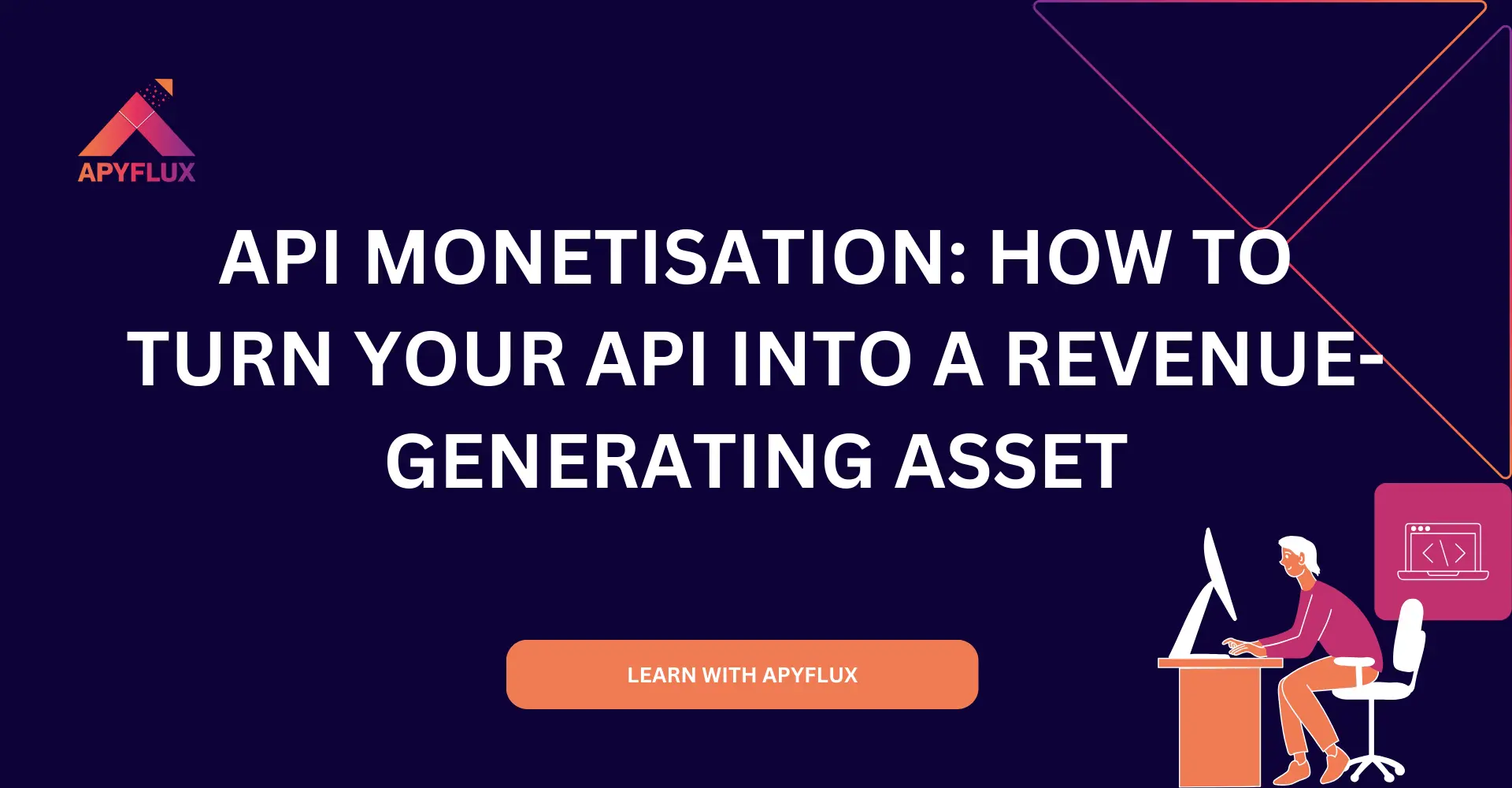
In today's tech-driven world, APIs (Application Programming Interfaces) have become essential business assets. Companies across industries leverage APIs to enhance functionality, streamline integrations, and drive innovation. However, beyond their technical utility, APIs also present a significant revenue opportunity. API monetisation enables businesses to generate income by offering access to their APIs, transforming them into profitable digital products.
As part of the API economy, monetising APIs strategically aligns with company growth and innovation. Understanding API monetisation models and leveraging an API Marketplace can significantly improve API adoption, developer engagement, and financial returns. This guide explores the best approaches to how to start API monetisation and maximize API revenue potential.
API monetisation refers to the practice of generating revenue from API usage. Businesses expose their APIs to developers, enterprises, and third-party applications in exchange for payment, whether through subscriptions, pay-per-use pricing, or other models.
The API business model is built around APIs as core products, making them central to digital transformation. Key benefits of monetising APIs include:
An API Marketplace plays a crucial role in monetisation success by offering a centralized hub where businesses can list their APIs for developers to discover, integrate, and use. Platforms like Apyflux API Marketplace connect API providers with a global audience, enhancing visibility and revenue potential.
Example: Cloud-based API platforms like Stripe or Twilio offer tiered pricing plans with varying levels of API access. Benefits:
Example: Payment processing APIs (e.g., PayPal API, Square API) charge fees based on the number or value of transactions. Benefits:
Example: APIs offering free access to basic features while charging for premium functionality (e.g., Google Maps API, OpenAI API). Benefits:
Example: Partnering with app developers through an API Marketplace where revenue is shared based on API consumption. Benefits:
Before monetising your API, clearly define its purpose and key value propositions. Identify the features that can be monetised, such as advanced analytics, premium integrations, or exclusive access to datasets.
Registering your API in an API Marketplace like Apyflux API Marketplace boosts discoverability and credibility. API marketplaces provide a ready audience of developers looking for API solutions, making it easier to gain traction.
Clear and detailed API documentation ensures a seamless developer onboarding experience. Include:
Selecting the appropriate pricing model is crucial. Options include:
Regularly track API performance using analytics tools. Gather feedback from developers to refine API functionality and pricing.
APIs allow companies to generate revenue beyond traditional products and services. With the right API monetisation models, businesses can create recurring income through scalable API offerings.
APIs fuel innovation by enabling developers to build new applications and integrations. Monetised APIs incentivize high-quality development and creative solutions.
Engaging with a developer community through an API Marketplace builds brand credibility and enhances API adoption. Free API communities encourage knowledge sharing and product improvement.
API Marketplaces will continue to grow as essential platforms for API discovery and monetisation. More businesses will rely on them to enhance API visibility and streamline transactions.
Artificial intelligence and machine learning will drive new API monetisation models, enabling real-time insights, automated pricing adjustments, and personalized API offerings.
Industries such as healthcare, finance, and logistics are increasingly adopting API monetisation strategies, demonstrating that APIs are valuable assets across diverse sectors.
API monetisation is a critical strategy for businesses aiming to capitalize on the API economy. By implementing the right API business model, leveraging API Marketplaces, and selecting the best API monetisation models, companies can unlock new revenue streams, foster innovation, and scale their digital offerings.
If you're wondering how to start API monetisation, following structured steps—such as defining your business model, listing your API on a marketplace, and selecting the right pricing approach—can set you on the path to success. Platforms like Apyflux API Marketplace provide a powerful ecosystem for businesses to showcase and monetise their APIs efficiently.
As APIs continue to shape digital transformation, businesses that invest in API monetisation will stay ahead in the competitive landscape, driving sustainable growth and long-term profitability.
Hi there!
Let's help you find right APIs!